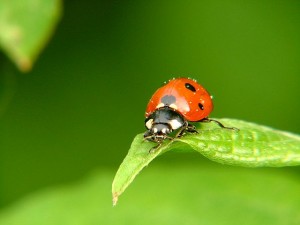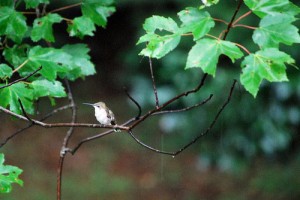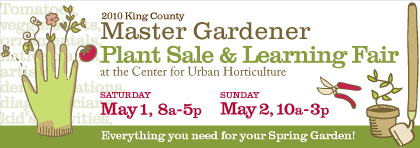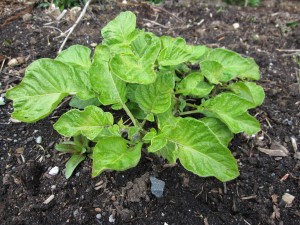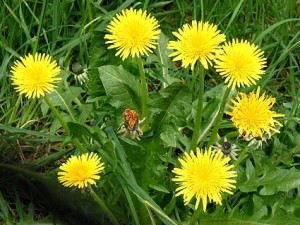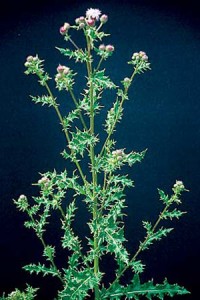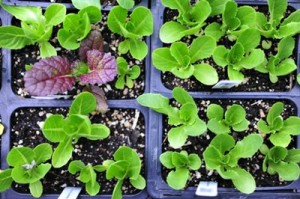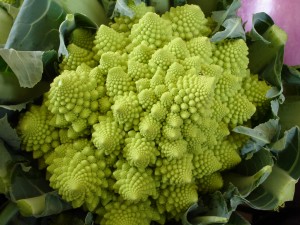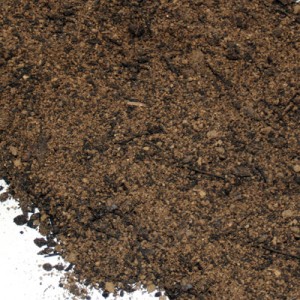Compost days in Seattle
March 18, 2013 @ 9:01 pm
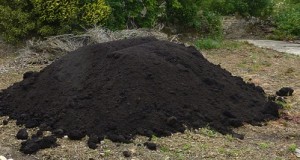
Compost pile. Photo by Bryn Pinzgauer, Creative Commons License.
The city of Seattle and other partners are offering discounts on compost and kitchen scrap bins during Compost Days, a promotion that runs through April 15, 2013. The city is celebrating its success in diverting 125,000 tons of food scraps and yard waste from landfills last year, and that means coupons and discounts for you!
All that waste was turned into compost that can be used in gardens. During Compost Days, you can buy 2 bags of compost and can get the 3rd bag free. The promotion also offers deep discounts on bulk compost and kitchen scrap kits. Contact Ecoyards if you need help with mulching your landscape beds with compost.
What is compost, and why do gardeners love it so much? Compost is decomposed organic matter (grass clippings, newspaper, egg shells, food waste, etc.) that can be added to garden beds and landscapes to improve soil. That rich organic material adds nutrients and beneficial microbes. It helps soil hold on to nutrients and water better, reduces water runoff, promotes healthier roots and prevents oil erosion.
You can find a variety of compost products at local garden and hardware stores in the area, or you can make your own compost in your backyard. The city of Seattle is a great resource on backyard composting; it also sells compost bins through Seattle Conservation Corps, Parks & Recreation Department.
Filed under Seattle Landscape Maintenance Permalink · No Comments »
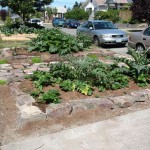 Fortunately, the city of Seattle has been encouraging residents to plant urban gardens for a number of years as the urban farm movement has taken hold. The mayor and others even
Fortunately, the city of Seattle has been encouraging residents to plant urban gardens for a number of years as the urban farm movement has taken hold. The mayor and others even 